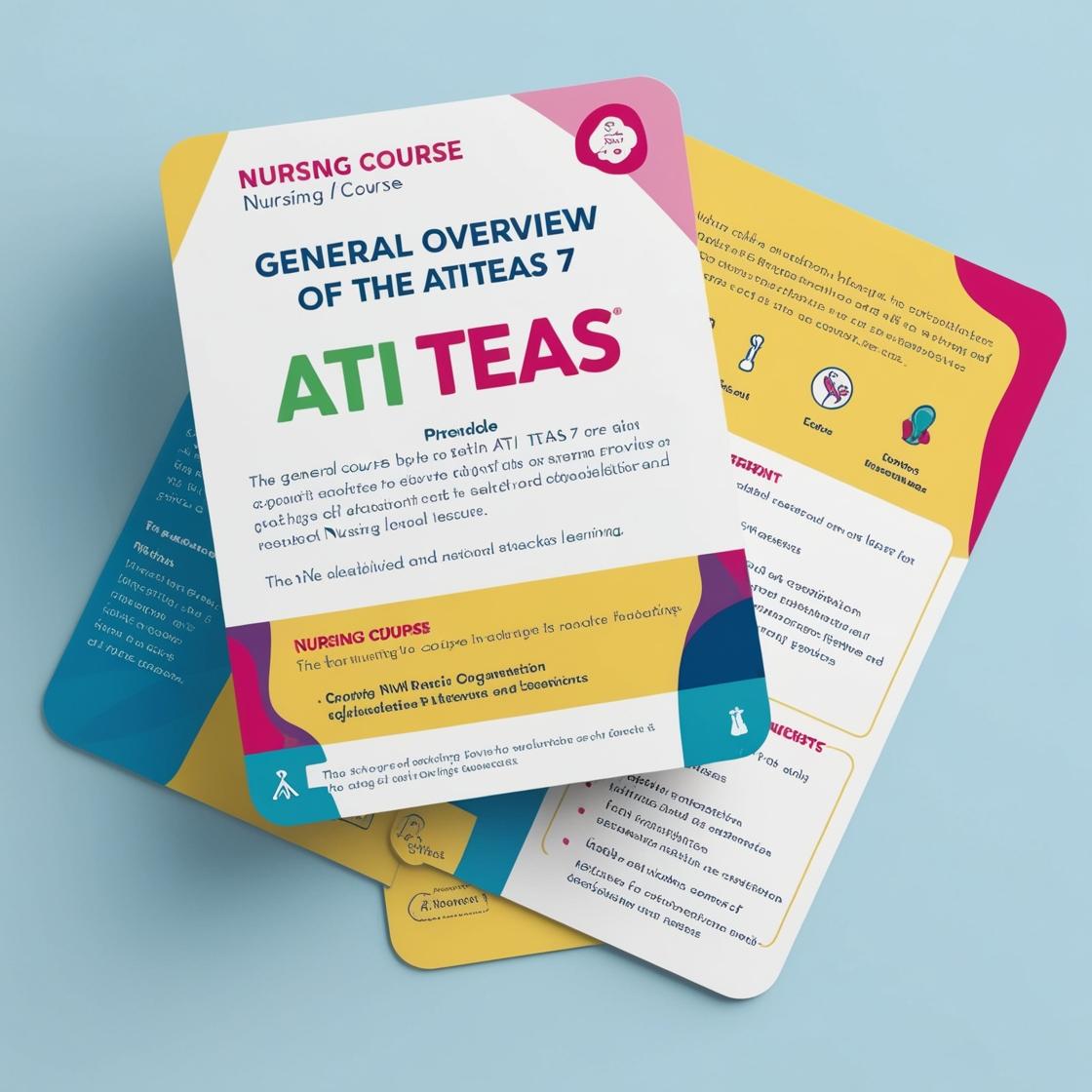ATI TEAS 7
ATI TEAS 7 science review
1. What is the primary function of lymph nodes, small, bean-shaped structures found along lymphatic vessels?
- A. To store excess lymph fluid
- B. To produce red blood cells
- C. To filter lymph and fight infection
- D. To transport lymph to the heart
Correct answer: C
Rationale: Lymph nodes primarily function to filter lymph and fight infection. They contain immune cells that help to remove pathogens and foreign particles from the lymph fluid as it passes through the nodes. This process helps to activate the immune response and defend the body against infections. Choice A is incorrect as lymph nodes do not store excess lymph fluid; they filter lymph. Choice B is incorrect as the production of red blood cells primarily occurs in the bone marrow, not in lymph nodes. Choice D is incorrect as lymph nodes do not transport lymph to the heart; they filter and process lymph to remove impurities and activate the immune response.
2. Which division of the autonomic nervous system is responsible for the 'rest and digest' response, promoting relaxation and conservation of energy?
- A. Sympathetic nervous system
- B. Parasympathetic nervous system
- C. Somatic nervous system
- D. Central nervous system
Correct answer: B
Rationale: The correct answer is B: Parasympathetic nervous system. The parasympathetic nervous system is responsible for the 'rest and digest' response, promoting relaxation, conserving energy, and facilitating activities like digestion and lowering heart rate. The sympathetic nervous system, which is not the correct answer, triggers the 'fight or flight' response, preparing the body for stressful situations by increasing heart rate, dilating airways, and releasing adrenaline. The somatic nervous system (choice C) controls voluntary movements, not the autonomic functions related to 'rest and digest.' The central nervous system (choice D) includes the brain and spinal cord and is not specifically involved in the autonomic regulation of bodily functions like the 'rest and digest' response.
3. What is the relationship between work, force, and displacement?
- A. Work is directly proportional to force but inversely proportional to displacement
- B. Work is directly proportional to both force and displacement
- C. Work is inversely proportional to force but directly proportional to displacement
- D. Work is inversely proportional to both force and displacement
Correct answer: B
Rationale: Work is directly proportional to both force and displacement. The work done on an object is calculated by multiplying the force applied to the object by the distance the object moves in the direction of the force. Therefore, work is directly proportional to both force and displacement. Choice A is incorrect because work is not inversely proportional to displacement. Choice C is incorrect because work is not inversely proportional to force. Choice D is incorrect because work is not inversely proportional to both force and displacement.
4. Which type of white blood cell directly attacks and destroys pathogens like bacteria and viruses?
- A. Neutrophils
- B. Lymphocytes
- C. Monocytes
- D. Eosinophils
Correct answer: A
Rationale: Neutrophils are a type of white blood cell that plays a crucial role in the immune system's response to infections. They are phagocytes, meaning they engulf and destroy pathogens like bacteria and viruses. Neutrophils are the most abundant type of white blood cell and are known for their rapid response to infections, making them the primary cell type that directly attacks and destroys pathogens. Lymphocytes, although important in adaptive immunity, are not primarily responsible for directly attacking and destroying pathogens. Monocytes are involved in phagocytosis and immune response regulation but are not the primary cell type for direct pathogen destruction like neutrophils. Eosinophils are mainly involved in combating multicellular parasites and are not the primary cell type for targeting bacteria and viruses.
5. T cells in the immune system can be categorized into different types. What type of T cell directly kills infected body cells?
- A. Helper T cells
- B. Cytotoxic T cells
- C. Regulatory T cells
- D. Memory T cells
Correct answer: B
Rationale: Cytotoxic T cells directly kill infected body cells by recognizing specific antigens on the surface of infected cells and releasing cytotoxic substances to induce cell death, eliminating the infected cells. Helper T cells assist in coordinating the immune response, regulatory T cells help maintain immune tolerance, and memory T cells mount a faster and stronger response upon re-exposure to a previously encountered antigen. Therefore, the correct answer is cytotoxic T cells as they play a crucial role in directly targeting and destroying infected cells.
Similar Questions

Access More Features
ATI TEAS Premium Plus
$150/ 90 days
- Actual ATI TEAS 7 Questions
- 3,000 questions with answers
- 90 days access
ATI TEAS Basic
$99/ 30 days
- 3,000 Questions with answers
- 30 days access
